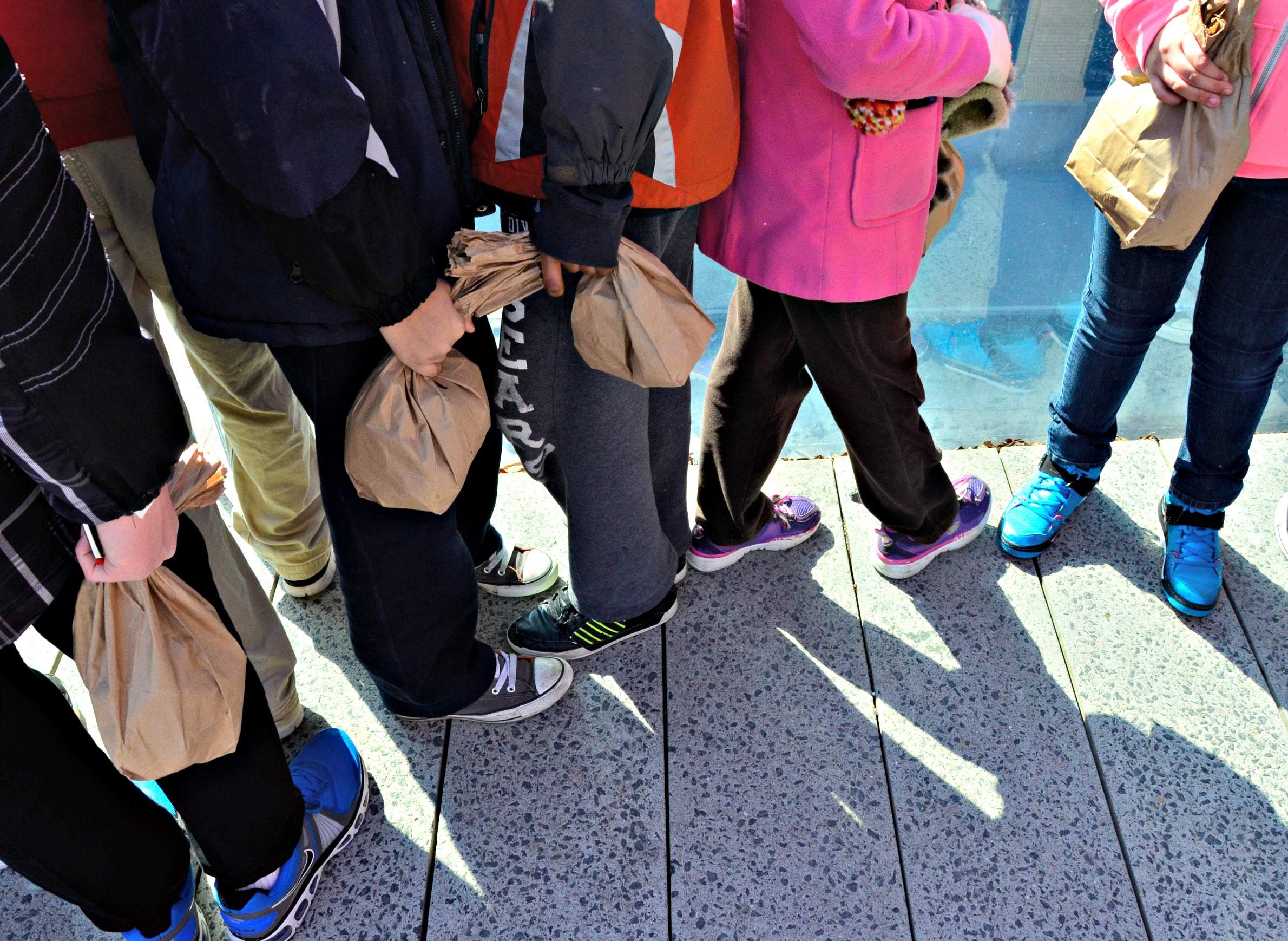
Back-To-School Food Safety Tips For Home-Packed Lunches

Students are heading back to school, and many of them will be carrying lunches they bring from home. Home-packed lunches can take many forms: hot or cold, homemade or pre-made from a store.
It's important that students bring a lunch that is both safe and healthy. A lunch that is safely prepared and kept at the right temperature, cold or hot, will help keep bacteria from growing. Bacteria that cause food poisoning grow rapidly. Cold food that is not kept cold or hot food that doesn't stay piping hot can allow harmful microorganisms to grow and increases the risk of foodborne illness.
Here are tips to help ensure lunches brought from home to school are safe to eat.
Hands and areas used to prepare food should be washed.
- People preparing food should wash their hands with warm, soapy water before getting started.
- Countertops and utensils should be clean before starting, and then washed with hot, soapy water at the end of the process.
- Clean bags and packaging should be used.
- Parents should talk to school administrators to be sure children have enough time at school to wash their hands before and after eating.
Items should be kept separate from each other.
- One cutting board should be used for fresh produce and another for meat and poultry to avoid cross-contamination of bacteria and other pathogens.
- Food packaging should not be reused because it might contaminate other food and cause illness. All packages and paper bags should be discarded after lunch is eaten.
Keep lunches cold.
- Keeping food cold slows the growth of bacteria. Harmful bacteria can multiply rapidly in a "danger zone" of temperatures between 40-140 degrees Fahrenheit.
- Cooked food, such as turkey, ham, chicken and vegetable or pasta salads, should be prepared in advance and chilled thoroughly (to 40 degrees or lower) for storage.
- Perishable food should be kept refrigerated at home until the student leaves for school.
- An insulated, soft-sided bag or box should be used to keep foods cold until eaten. The bag should be cleaned inside and out.
- Two cooling sources, such as a frozen gel pack or frozen juice box, should be used with perishable food inside an insulated lunch bag or box. Extra ice packs or cold sources can be kept in a freezer.
- Perishable food should be stored in a refrigerator (if available) immediately upon arrival at school.
- Prepackaged perishable foods such as luncheon meats, cheese and cut fruit should be refrigerated.
- Food that does not require refrigeration includes whole fruits and vegetables, hard cheese, canned meat and fish, chips, breads, crackers, peanut butter, jelly, mustard and pickles.
Keep hot foods hot.
- An insulated container should keep food hot — at a temperature of 140 degrees Fahrenheit or above.
- A thermos should be tested at home to ensure it will keep food above 140 degrees for the necessary length of time.
- Frozen convenience meals should be prepared according to the package directions, including the time food should sit after being cooked in a microwave oven.
Lunch food can be prepared the night before, but the lunches themselves should not be packed until the day they will be eaten. All leftovers, including packaging that could contaminate other food or cause illness, should be discarded.
UW-Extension county offices and the Partnership for Food Safety Education provide more information about food safety. A U.S. Department of Agriculture food safety specialist can answer direct questions in English and Spanish through the Ask Karen service.
Barbara Ingham is a food safety specialist with the University of Wisconsin-Extension.


